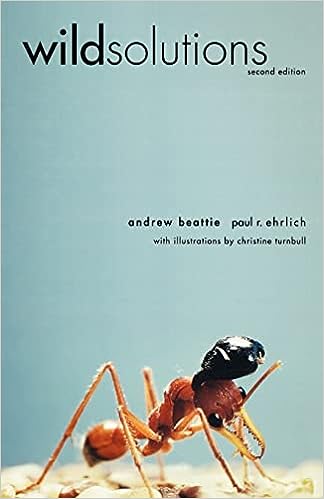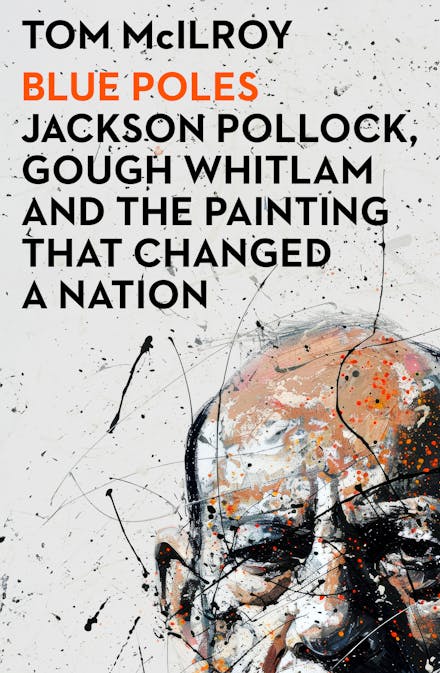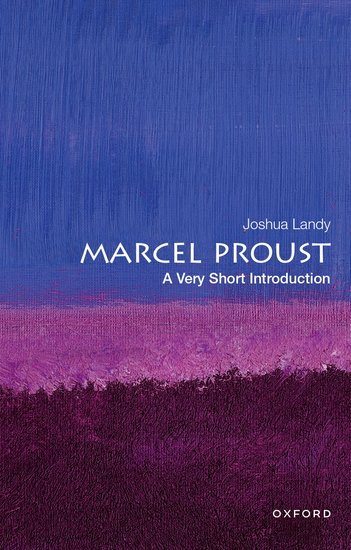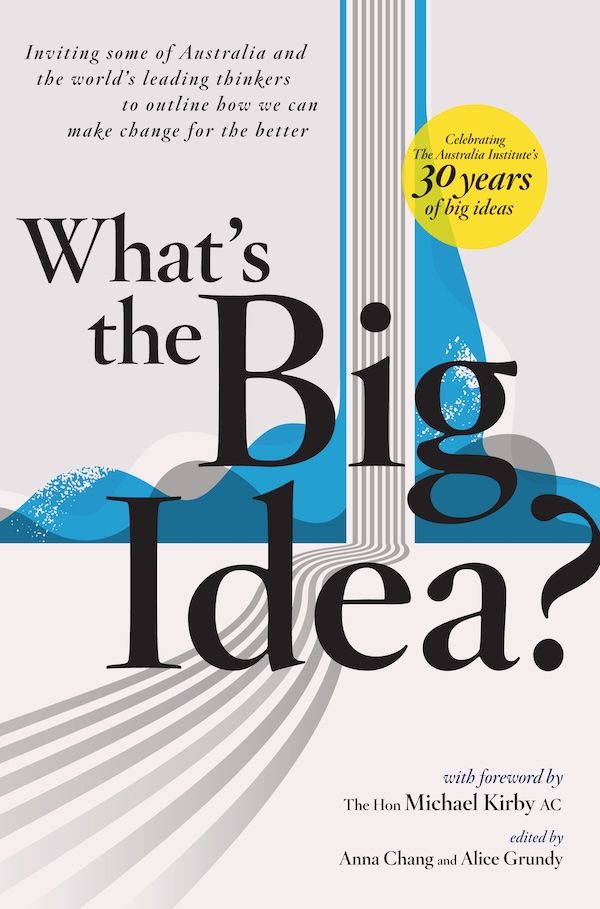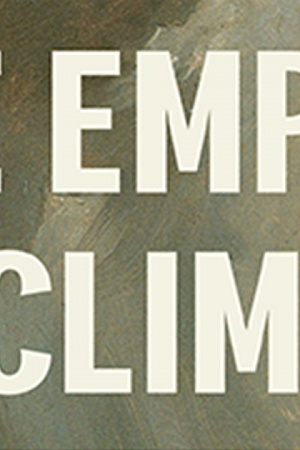Wild Solutions: How Biodiversity Is Money in the Bank
MUP, $49.95hb, 239pp
Counting the Losses
We demand difference and variety in our lives – in the food we eat, in our friends, in our distractions and aversions. And we know that diversity is desperately needed in the biological world. There is debate, however, on how much is enough, and where the balance lies, and it’s hard to judge because we remain ignorant about natural processes.
My own garden pays homage to Joseph Banks, the great botanist, whose passion was collecting plants from the New World and taking them back to England’s green and pleasant land. More and more plants were moved around for economic and aesthetic reasons. Those following Banks’s example inadvertently created a new problem, the homogenisation of regions. Consequently, eclectic gardens like mine are under siege by the native-plant brigade: ‘Those ring-in plants crowding out the local species.’ I have become, in the gimlet gaze of my critics, a weed grower, my garden a source of the next biological escape, the next outbreak of feral plants.
Continue reading for only $10 per month. Subscribe and gain full access to Australian Book Review. Already a subscriber? Sign in. If you need assistance, feel free to contact us.
